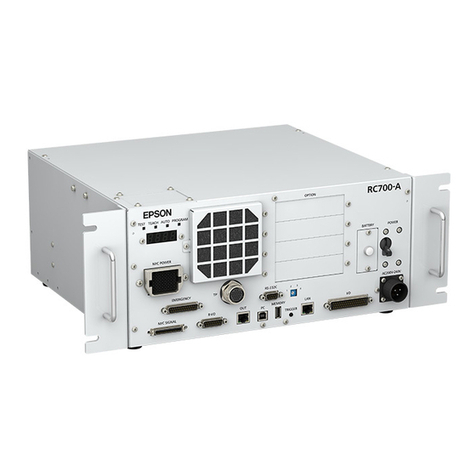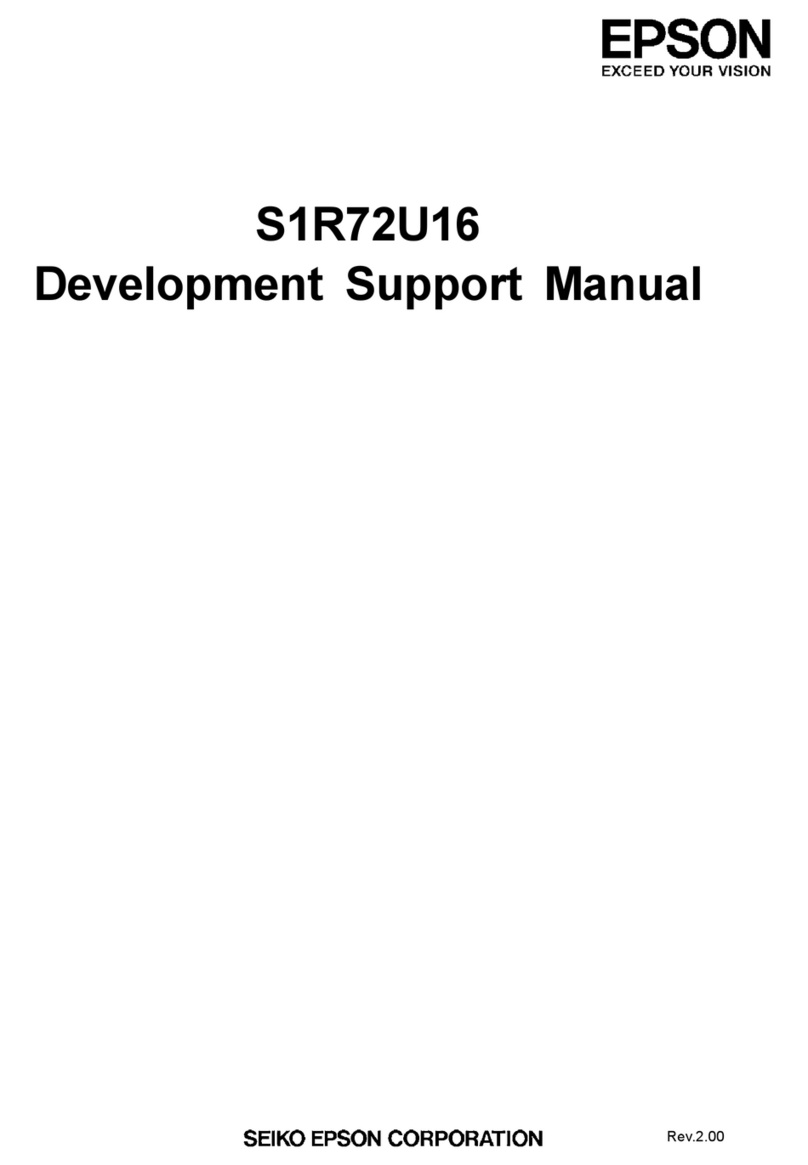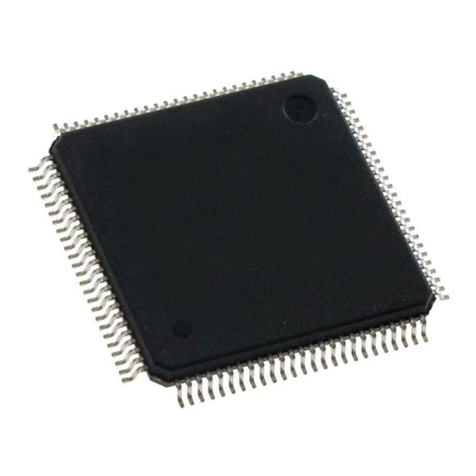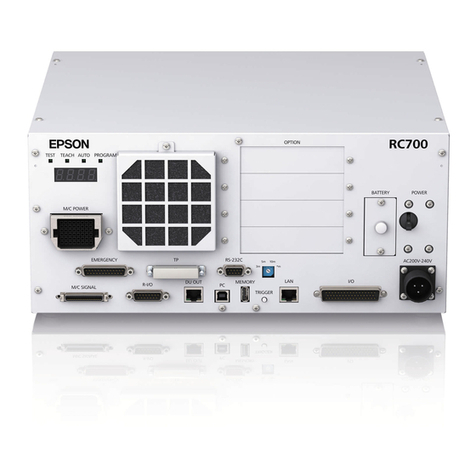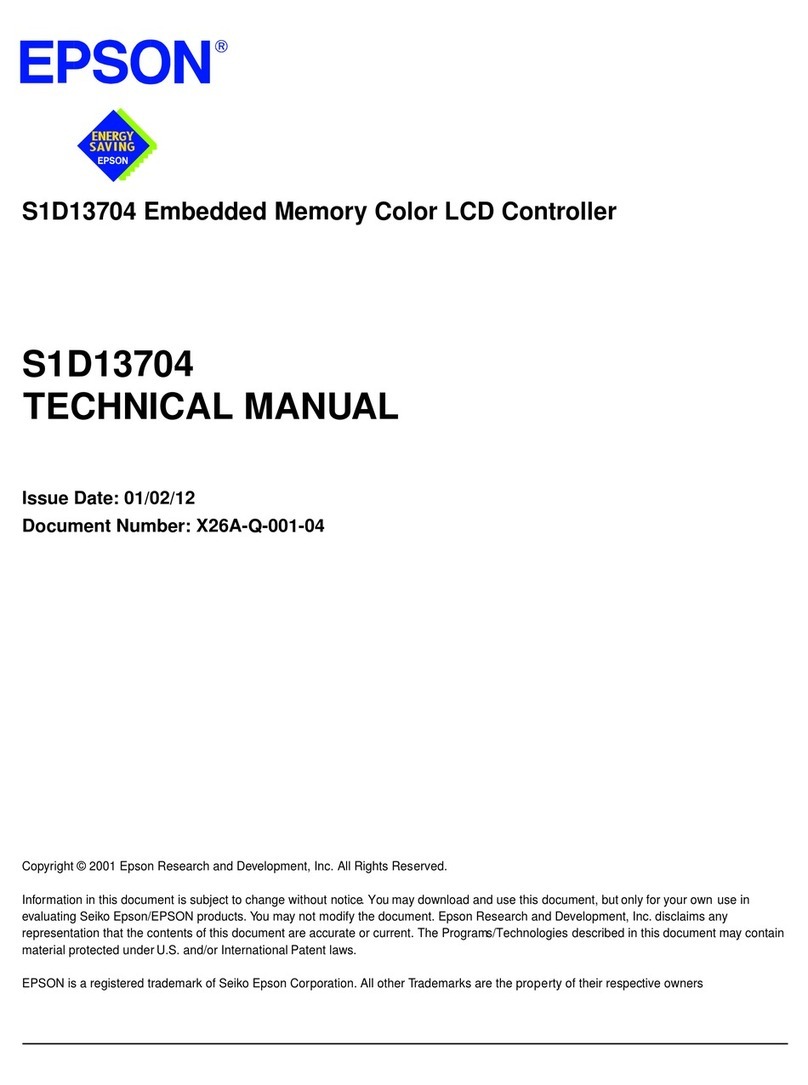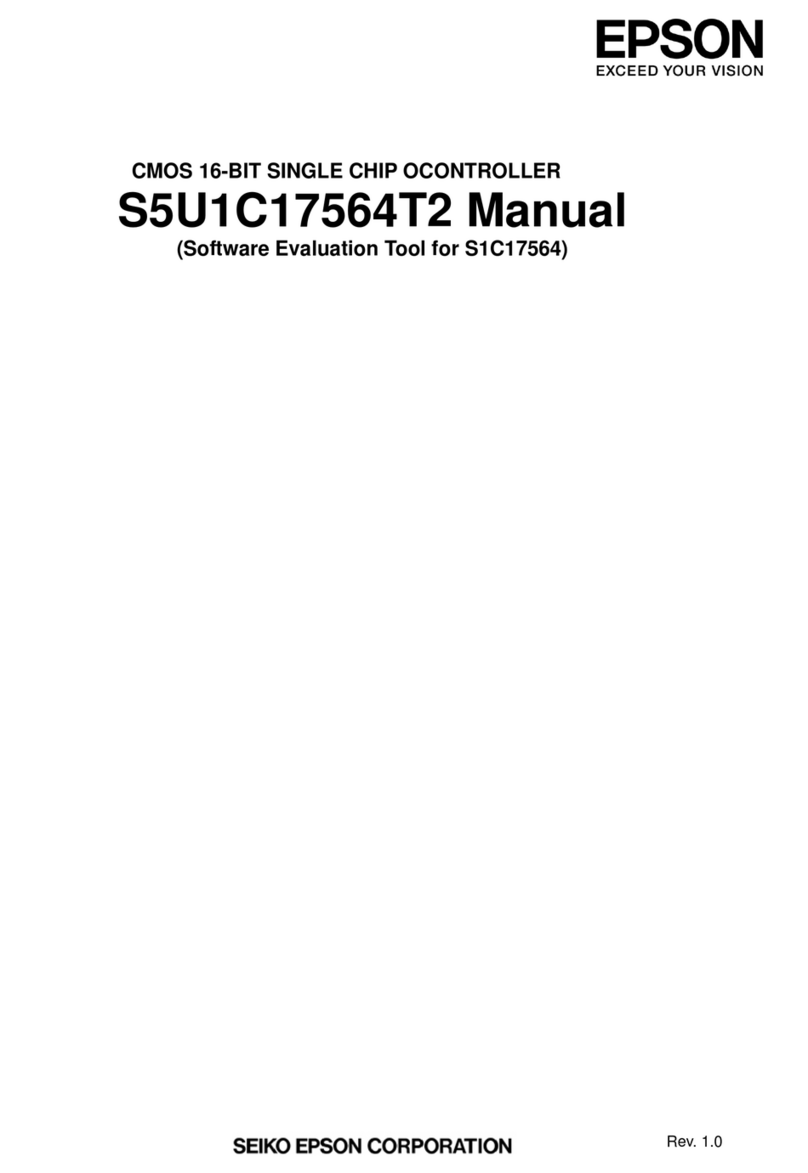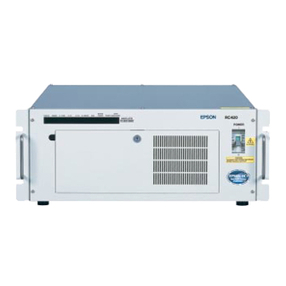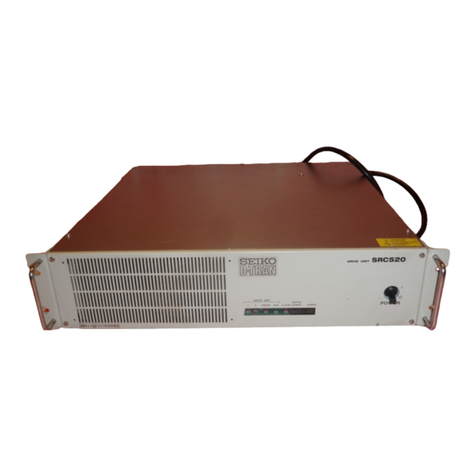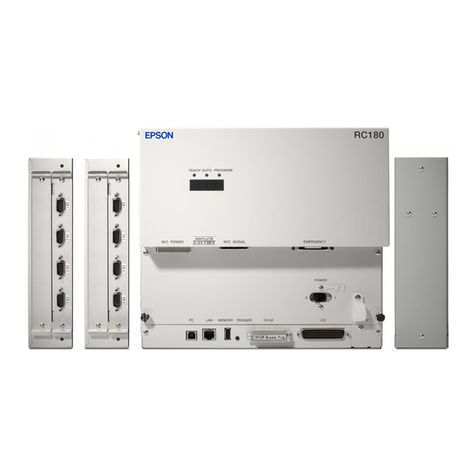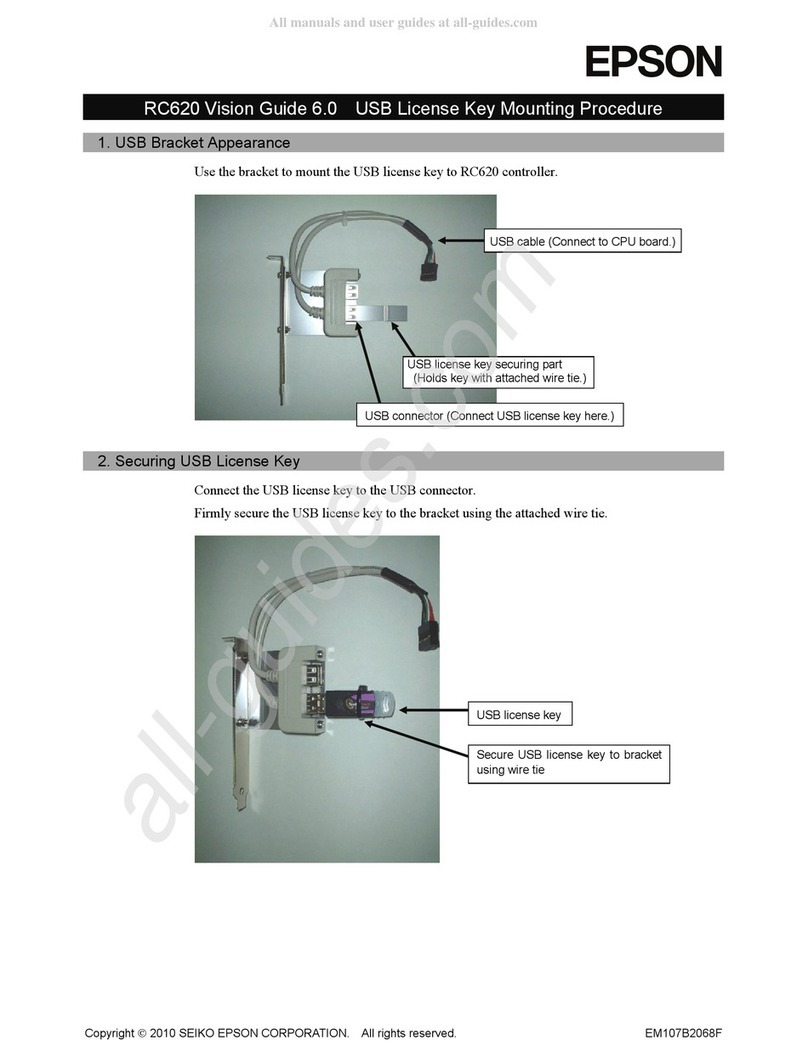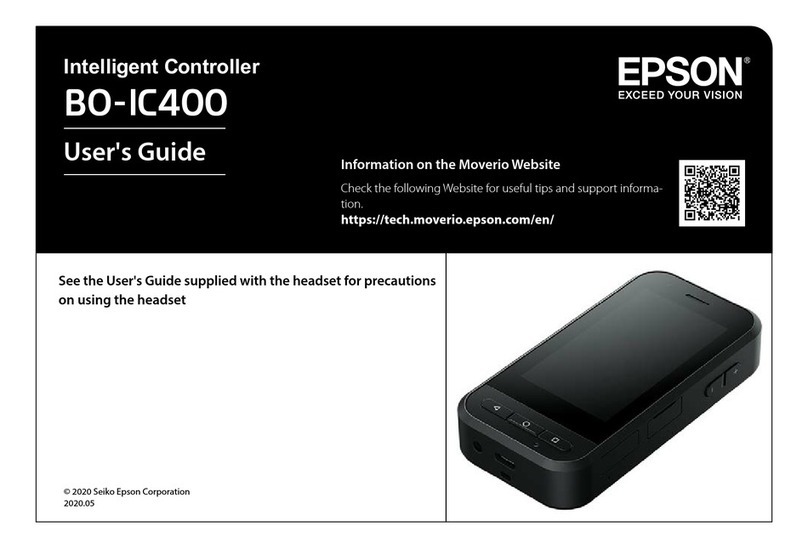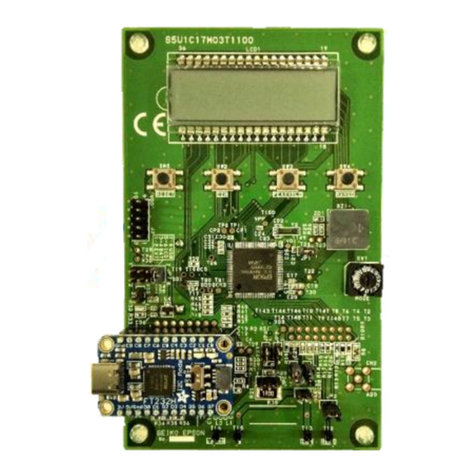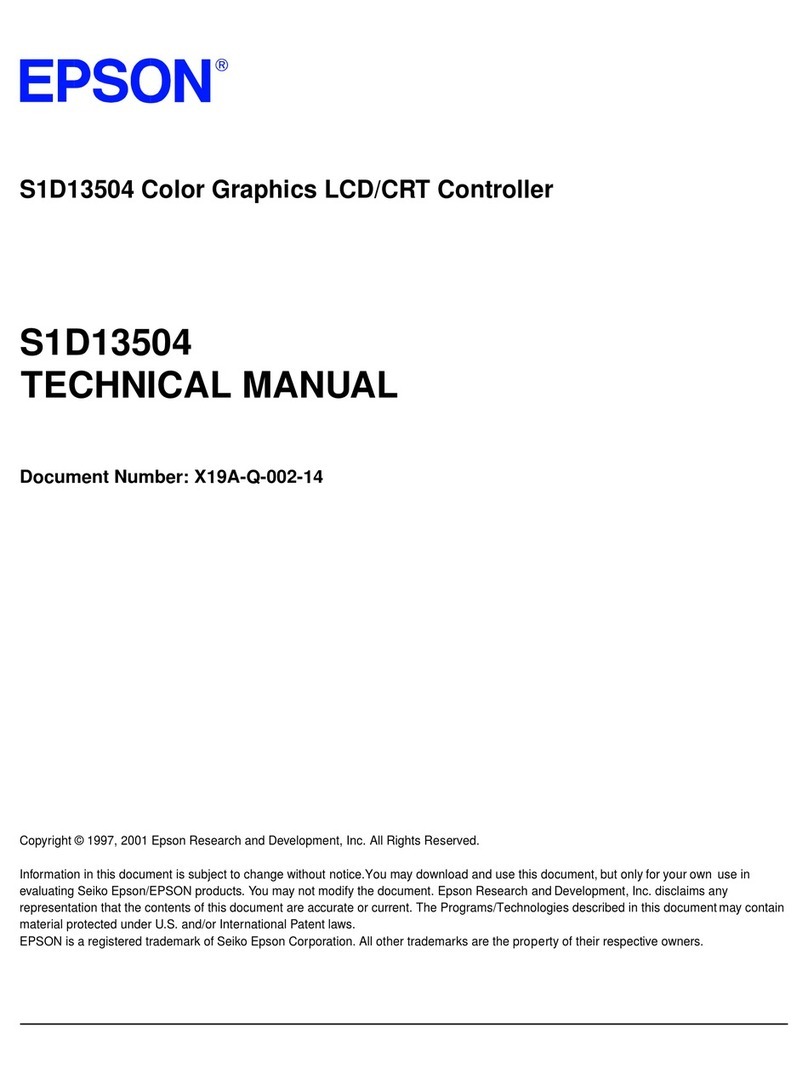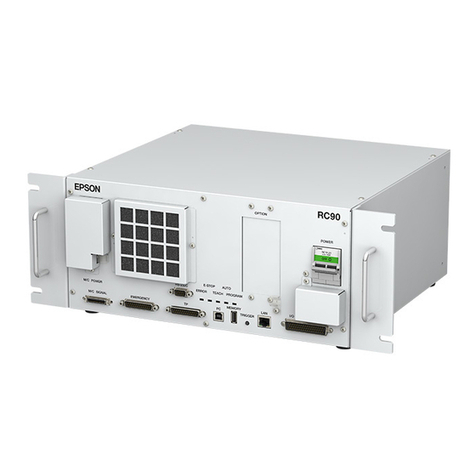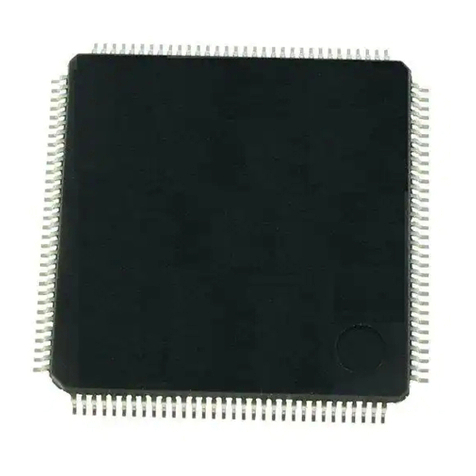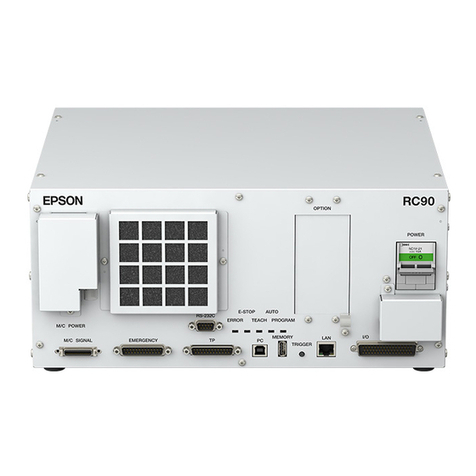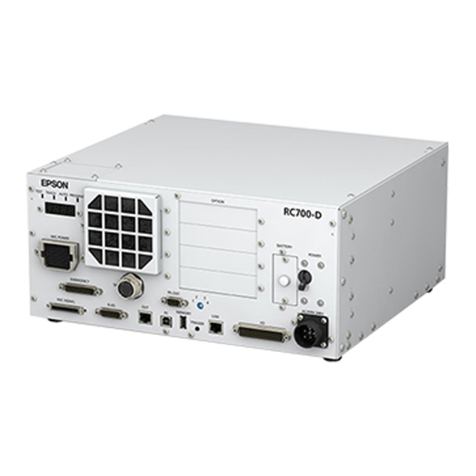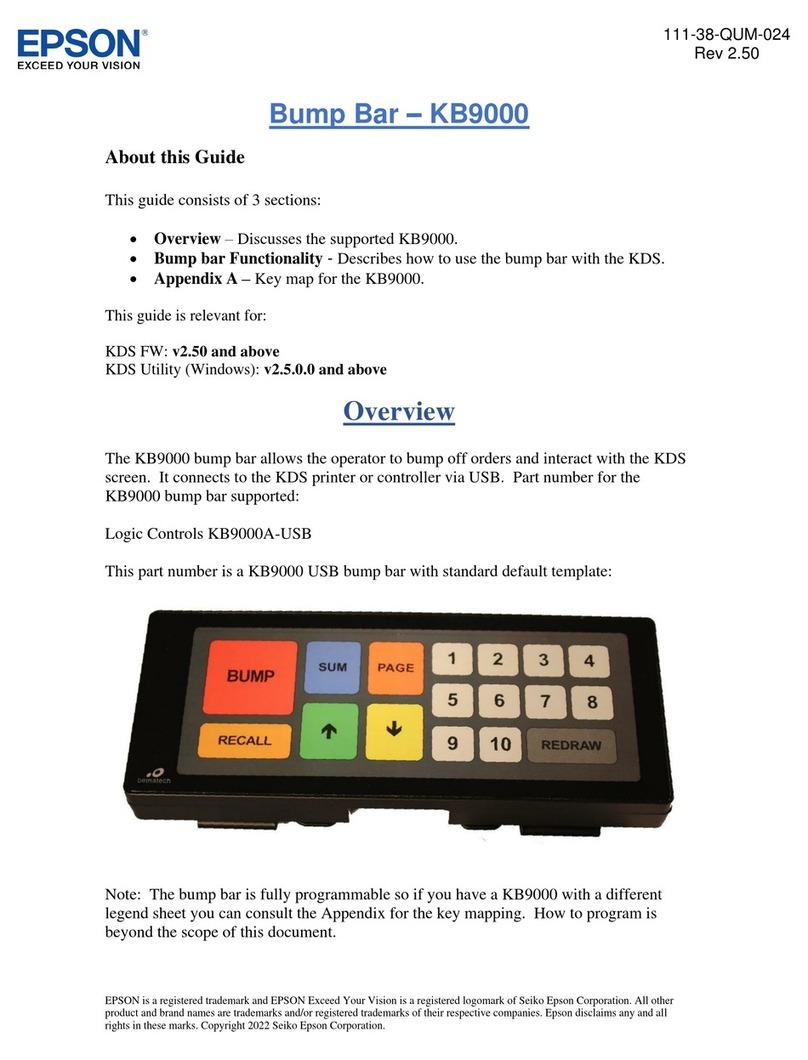
CONTENTS
S1D13700 Technical Manual
EPSON
i
Table of Contents
1 Overview...............................................................................................................................1
1.1 Features.......................................................................................................................................1
1.2 System Overview.........................................................................................................................2
1.3 List of Abbreviations.....................................................................................................................4
2 Pins .......................................................................................................................................5
2.1 Pin Connection.............................................................................................................................5
2.1.1 Pin Assignments.............................................................................................................5
2.1.2 Pin Description...............................................................................................................6
2.1.3 Package Dimensions......................................................................................................8
2.2 Pin Functions...............................................................................................................................9
2.2.1 Power Supply Pins .........................................................................................................9
2.2.2 Oscillator and Clock Input Pins ......................................................................................9
2.2.3 System Bus Connecting Pins.......................................................................................10
2.2.4 LCD Driver Control Pins...............................................................................................13
2.2.5 TEST Control Pins........................................................................................................13
3 Commands and Command Registers..............................................................................14
3.1 Types of Commands (when Indirectly Interfaced)......................................................................14
3.2 Command Register Map (when Directly Interfaced)..................................................................15
3.3 Command Description ...............................................................................................................17
3.3.1 Operation Control Commands......................................................................................17
3.3.2 Display Control Commands..........................................................................................25
3.3.3 Drawing Control Commands........................................................................................43
3.3.4 Memory Control Commands ........................................................................................44
4 Function Description.........................................................................................................45
4.1 Display Functions.......................................................................................................................45
4.1.1 Screen Management....................................................................................................45
4.1.2 Character Generator (CG)............................................................................................47
4.1.3 Screen Configuration....................................................................................................50
4.1.4 Cursor...........................................................................................................................61
4.1.5 Relationship between Display Memory and Screens...................................................62
4.1.6 Determining Various Parameters..................................................................................64
4.1.7 Scrolling........................................................................................................................65
4.1.8 Attribute Display using the Layered Function...............................................................68
4.2 Oscillator Circuit.........................................................................................................................70
4.3 Example of Initial Settings..........................................................................................................71
4.4 Character Codes and Character Fonts......................................................................................81
4.4.1 Character Fonts (Internal CG)......................................................................................81
4.4.2 Character Codes..........................................................................................................82
5 Specifications.....................................................................................................................83
5.1 Absolute Maximum Ratings.......................................................................................................83
5.2 Recommended Operating Conditions........................................................................................83
5.3 Electrical Characteristics ...........................................................................................................84
5.4 Timing Characteristics ...............................................................................................................86
5.4.1 System Bus (Generic Bus/80-series MPU)..................................................................86
5.4.2 System Bus Read/write characteristics II (MC68K-series MPU)..................................89
5.4.3 External Clock Input Characteristics ............................................................................92
5.4.4 LCD Control SignalTiming Characteristics..................................................................93
6 MPU Interface.....................................................................................................................95
6.1 Connection to the System Bus...................................................................................................95
6.1.1 80-series MPU..............................................................................................................95
6.1.2 68-series MPU..............................................................................................................95
6.2 Interfaces with the MPU (Reference).........................................................................................96
